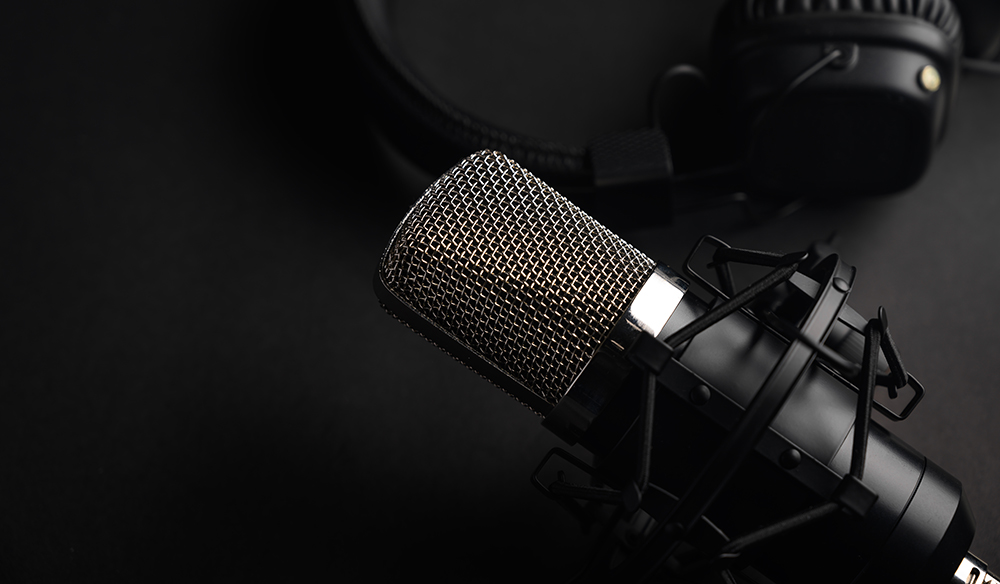With such a large number of streamers, you want to do the most to stand up from the competition. Besides the quality of the video and the content you are presenting, the audio plays an important role in showing the quality of your stream.
If you are wondering how to improve your audio, that is quite easy. Just use a high-quality mic, and you’ll surely notice the difference. With lots of different microphone manufacturers, you can surely find the right product to improve your content.
In this article, we’ll go through the specs of some of the best live streaming mics that you should consider. In addition, you will learn how to select the right mic for your preference which will help you decide what your next piece of gear is. Keep reading and find out more.
Things to know before choosing a mic
Before you jump into looking at the mics, you need to understand what their specs mean. For that reason, we’ve prepared a short list of the four important characteristics that every mic has.
• Frequency
The scale of the sound waves coming from your voice is determined by the frequency that the certain mic can register.
For streaming mics, you should go for a microphone that can register from twenty to twenty thousand hertz. Values above and under this range are useless since we cannot vocalize those frequencies.
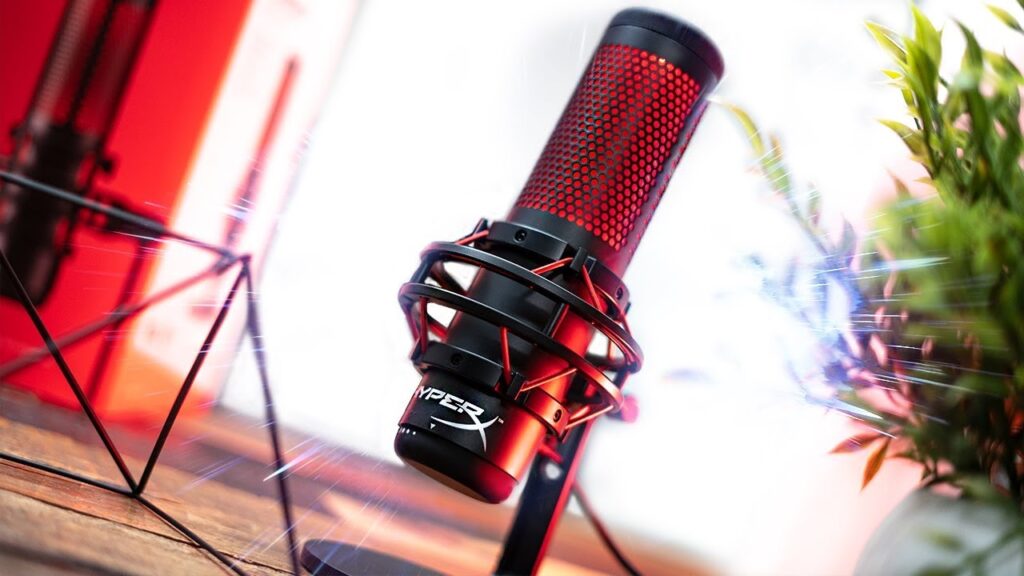
• Directional pattern
By directional pattern, it means the direction from where the sound waves can be picked up. In other words, the angles from where the sound is received on the microphone. There are three major groups in the directional property.
The first is the omnidirectional mics which register sound coming from any direction. This means aiming the microphone at you to register the sound properly is not needed. However, it can be problematic if you have lots of noise in the background since these mics are easily registering it.
The second group is the cardioid mics which pick up sound only from the front. For that reason, they are usually the common choice among streamers since they eliminate background noise such as keyboard clicking and etcetera.
The last group of mics is the bidirectional ones. As their names say, they register noise from their sides. They are inappropriate for the usual computer streaming. However, if live interviews are your streaming niche, they are great since they register both your and the interviewee’s voice simultaneously.
• Connector type
The connector type is another thing that you should consider. Choosing between the two connectors can be easy since you’ll consider the other parts of your equipment. If you need a beginner streaming mic, USB connectors are better since you can simply insert them into your computer.
However, if you need more professional microphones, it is better to go with an external line return or analog connector. They are meant to be inserted in a separate audio interface that will let you additionally control your voice input.
• Filter
Lastly, we have the filter as an option to prevent the registering of unneeded noises. For example, pops are common when the vocal air hits the microphone. With the use of a filter, you are ensuring that your voice will be clear which will surely be appreciated by your audience.
After going through the basic specs and characteristics that all microphones have, it is time to go through some of the live-streaming microphone options you should consider.
1. EMP from Moman
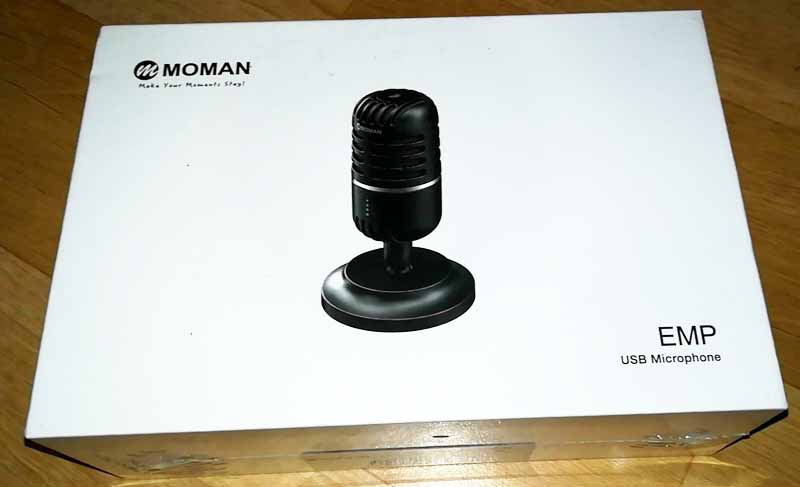
The first microphone for live streaming on this list is the EMP from Moman. It has a 14-millimeter condenser with a frequency from twenty to twenty thousand hertz. It is equipped with various filtering mechanisms which prevent both electromagnetic and background interferences. When it comes to connectivity, it is beginner friendly because of its USB connector.
The EMP has pulsating lights in the front which indicates the sound input of your vocals. This is surely helpful while streaming to lower your voice if needed to prevent clipping. In addition, it has a physical mute button to be used if needed which makes it a great desktop microphone for streaming.
2. AT2020 from Audio-Technica
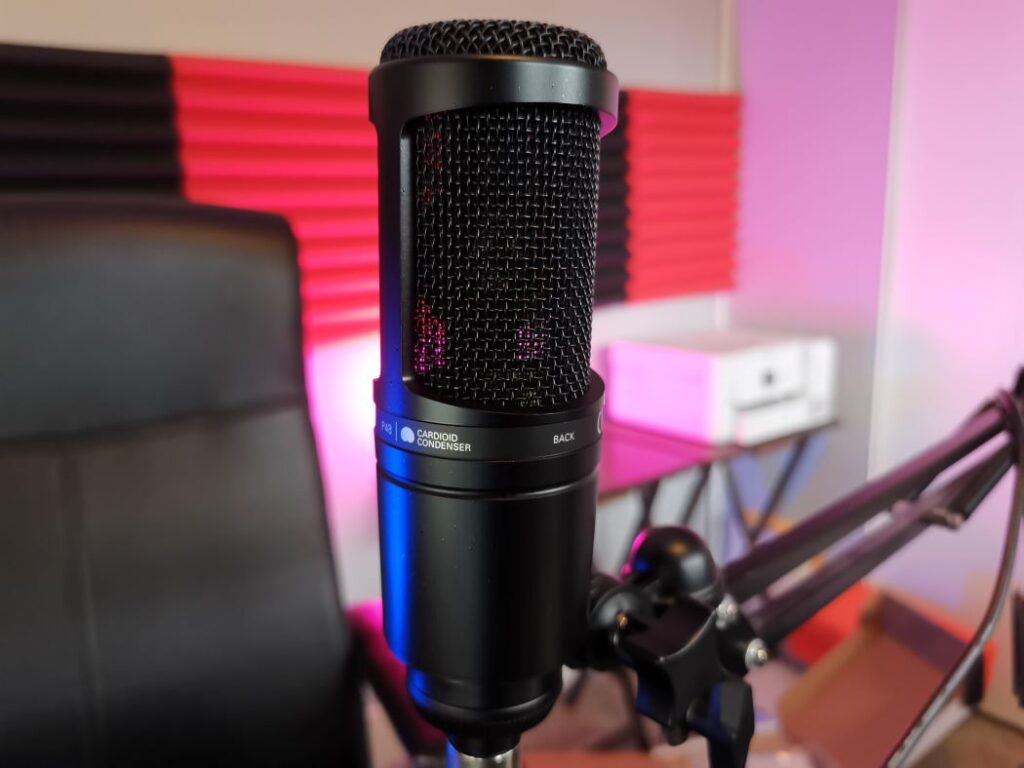
The AT2020 mics are one of the options that professionals usually use because of the clearness of the sound produced and their price point. It has a range of twenty to twenty thousand hertz and comes with a cardioid directional pattern.
When it comes to connectivity, it can be used both with an external line return connector or with the USB, meaning it’s suitable both for beginners and professionals. However, you’ll have to purchase your own external line return cable since the mic does not come with it.
If you plan on using it with a USB cable, using an amp is mandatory to increase the strength of the signal. That way, you’d not have distortion and you will prevent unneeded noises from the environment
3. Blue Yeti

This is another great streaming mic that offers superb quality, especially when compared with other USB devices. It has a range from twenty to twenty thousand hertz and can be easily used since it comes with its stand.
In addition, you can switch across different directional patterns depending on how you plan on using them. The USB connection makes it suitable for beginners, especially for the price it comes with.
4. SM7B from Shure
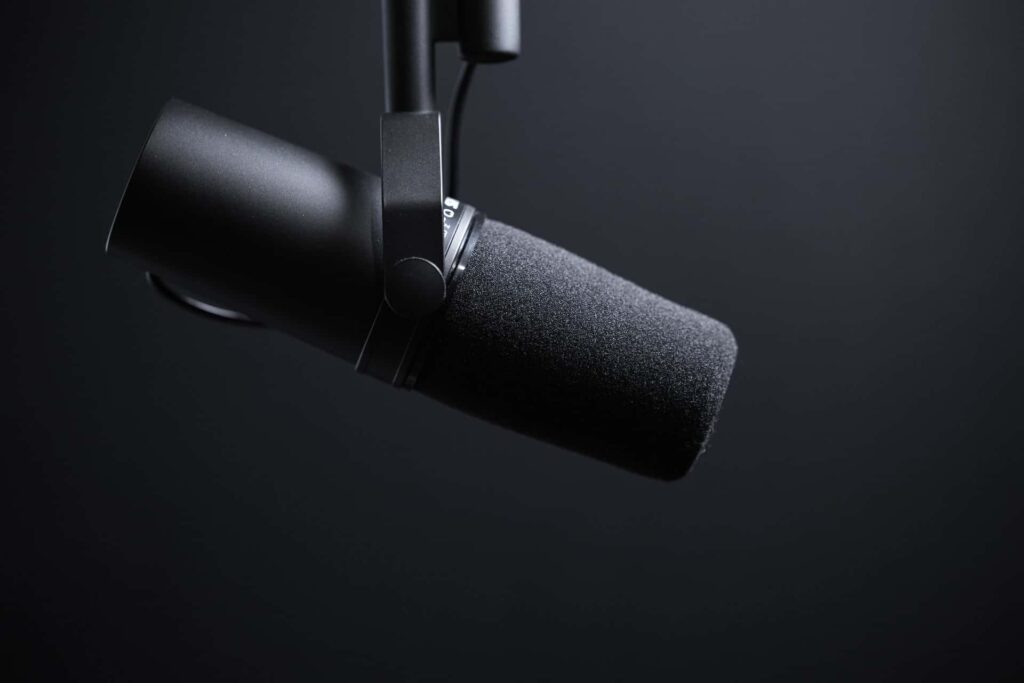
As a product from a legendary manufacturer, you can expect quality right from the start. The SM7B comes with a range from fifty to twenty thousand hertz. The cardioid directional pattern makes it a great choice for streamers but the external line return connector and the price of the product contribute to a high-priced product.
However, when you understand that lots of professionals are using this mic, everything begins clear. It comes with an included filter, and it effectively blocks unneeded noises to create a clear sound. At last, it is well-built to ensure you of its great durability.
Hopefully, you found this list of microphones helpful in finding your next gear piece. Be sure to research and look for reviews of the options you like the most. That way, you’ll be sure you are getting the right mic for your ongoing streaming adventure.

